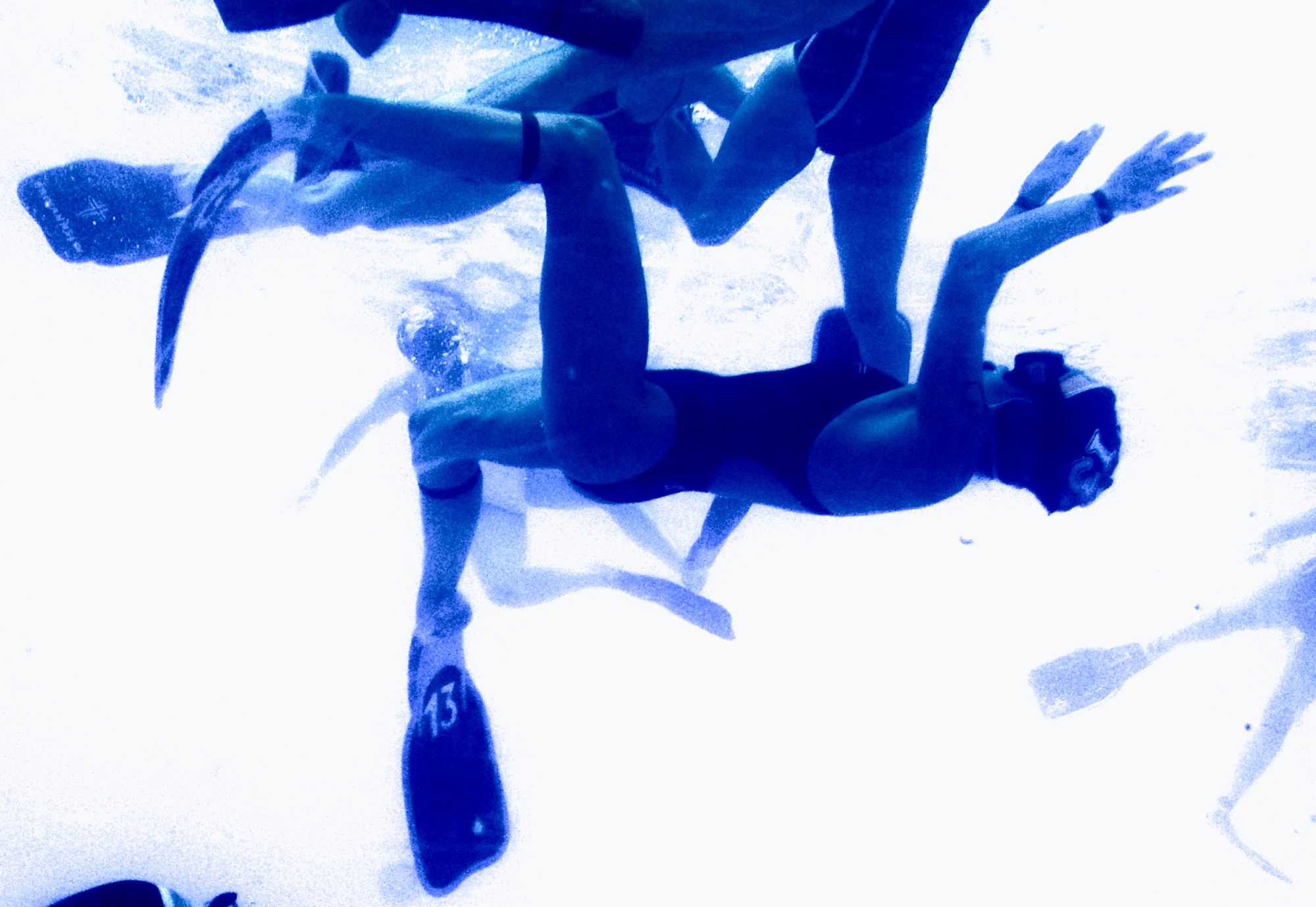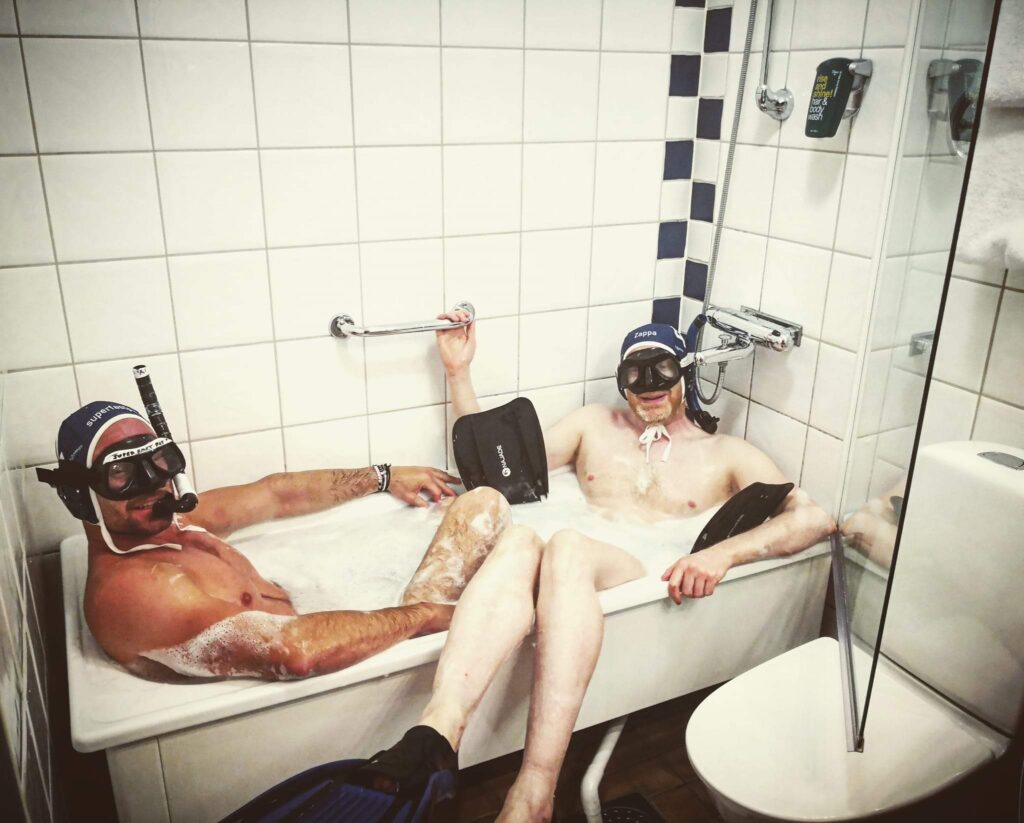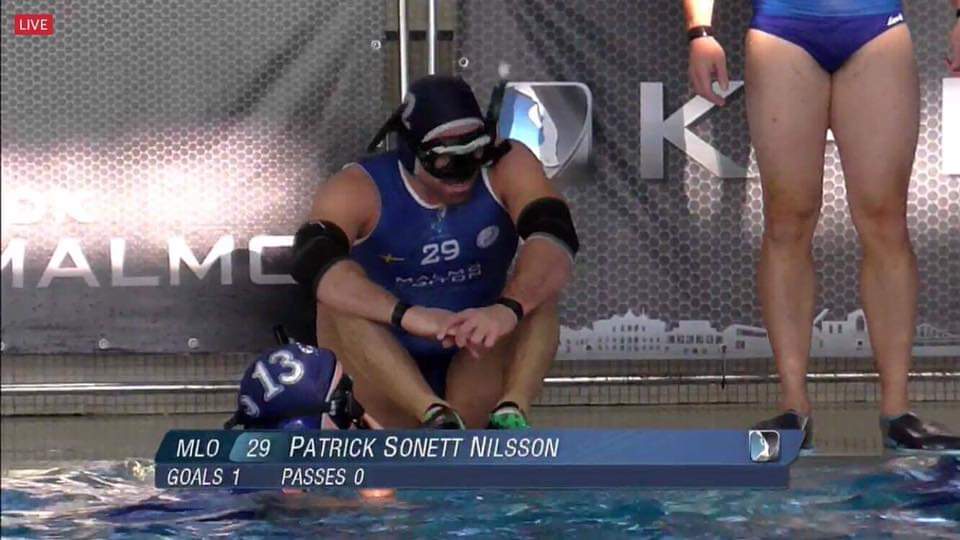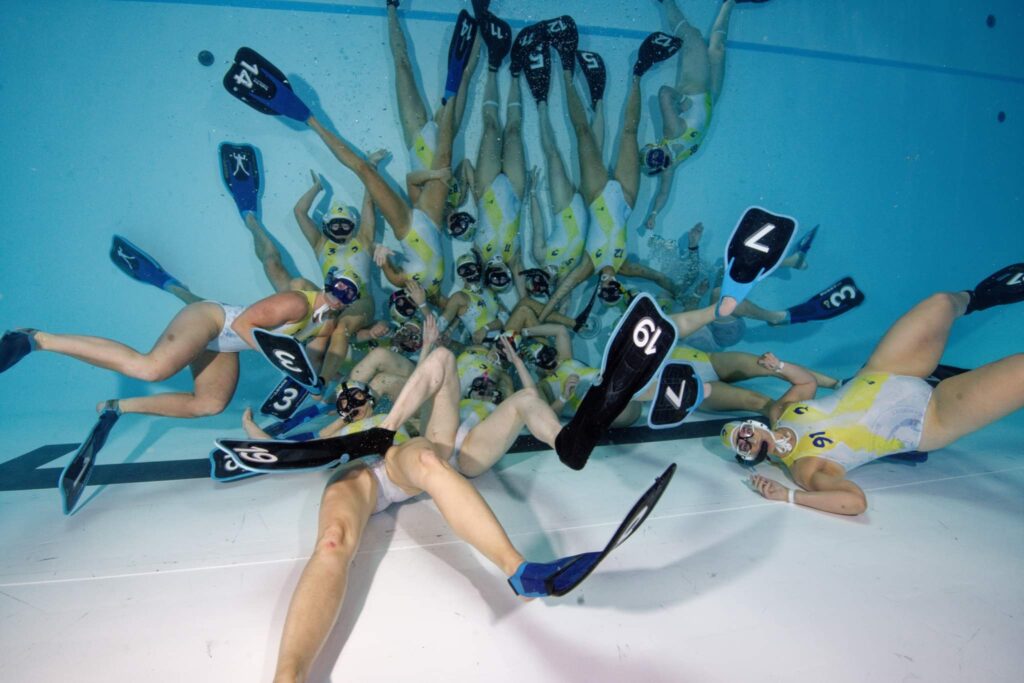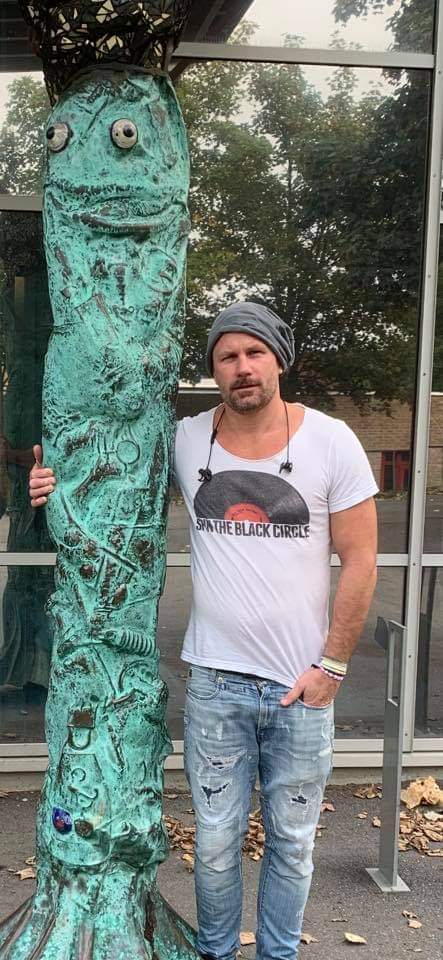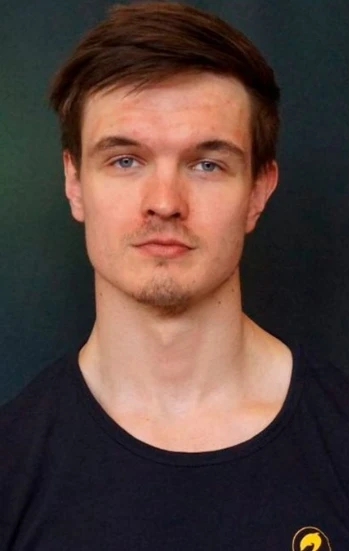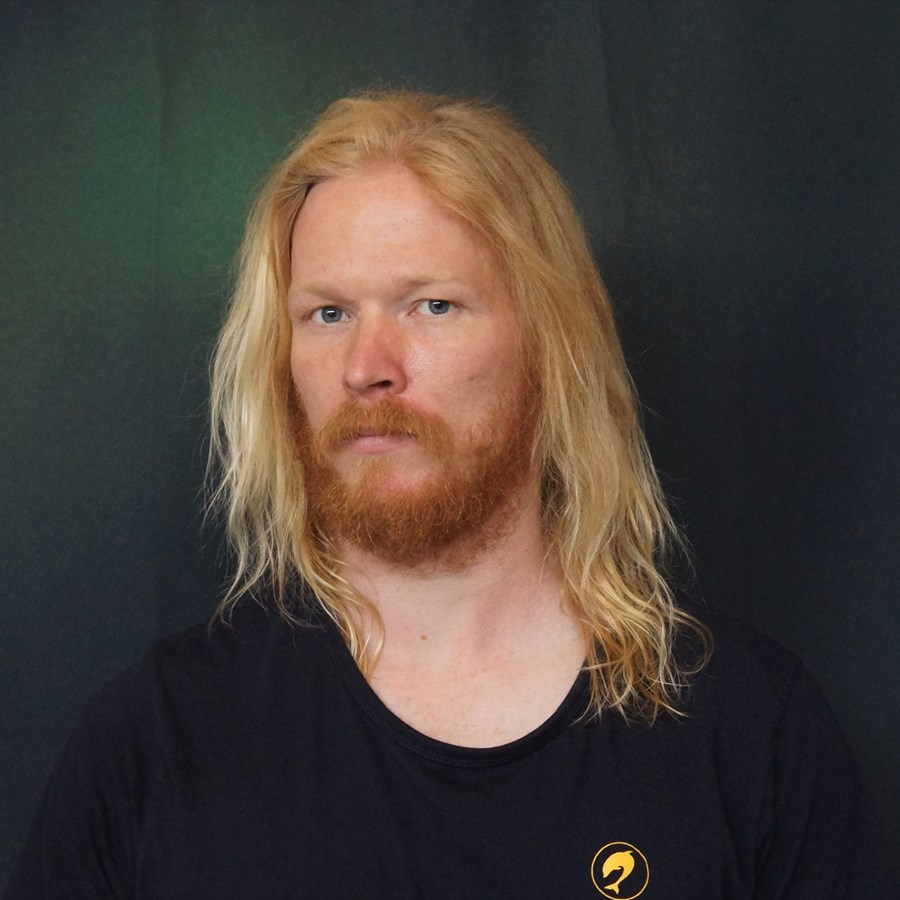At the European Championships in Stavanger, Ilona Häsänen had to go straight from shooting a penalty to defending one in Finland’s final match.

Finland standout goalkeeper, 31-year-old Ilona Häsänen, played a great match against Sweden in the Bronze medal final. However, in a climactic penalty shoot-out a coaching oversight in combination with bad luck in the coin toss may have cost Finland a medal at the European Championships.
Twice Häsänen kept Sweden from scoring penalty shots. The Swedes could have gone ahead 1-0 in the first half after a shoulder in the basket call. But Häsänen defended by staying down the entire 45 seconds to prevent Therese Blennert from cashing in.
And then in sudden death overtime she did it yet again. With less than 5 minutes remaining in the extra period, Sweden’s Lina Cavalin drew a wedging call. Ann-Sofi Krakau, one of the game’s all time greats, threw a penalty against Häsänen. When the shot clock ran out Krakau lay breathing on the surface while the Finn gazed up at her from the basket below.
Since I know now I can be there the whole 45 seconds, I then just try to stop the attacker and not the ball if you know what I mean. Attacking the ball it’s more risky.
—Ilona Häsänen, goalkeeper Finland
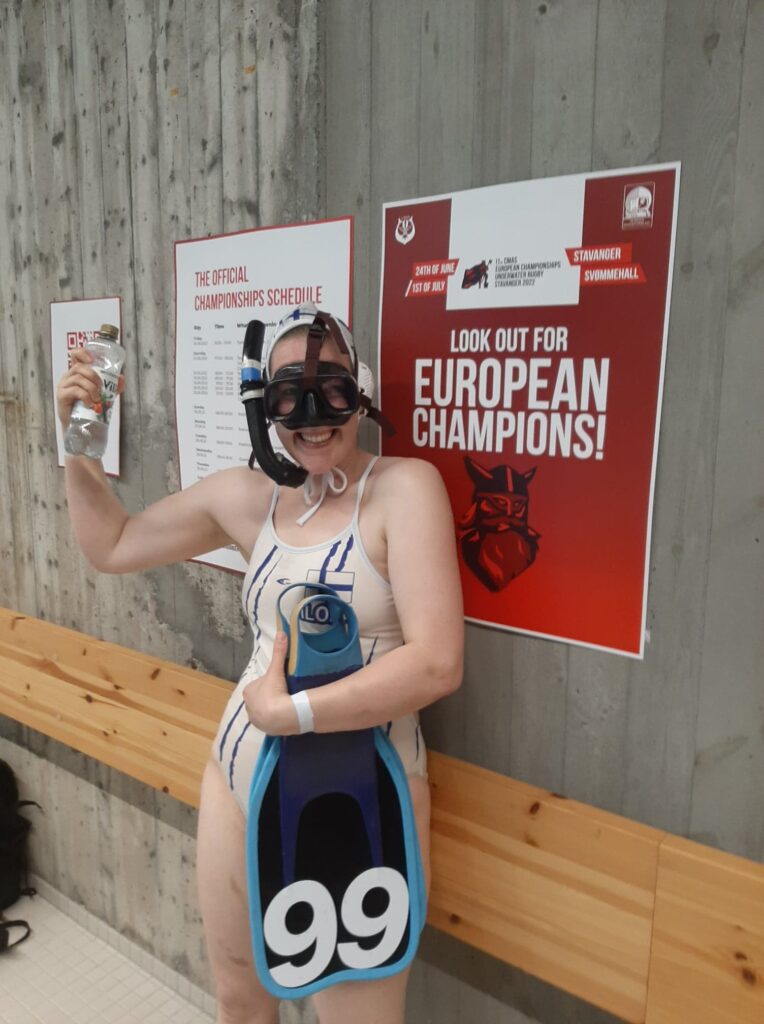
After that, neither of the two teams managed a decisive attack in the waning minutes of sudden death. And so they found themselves in the first penalty shootout of the Championships. It was also the first time in the history of CMAS rugby competitions that a new rule applied.
In the past, all players on a team had to shoot once before they could repeat. Now both teams had to supply lists of both defenders and attackers in ranked order. Although teams could make up such lists in advance of the tournament, due to injuries, fatigue and form the actual list had to be adjusted, finalized and submitted to the officials during the regulation 5-minute break between the end of play and the beginning of the shoot-out.
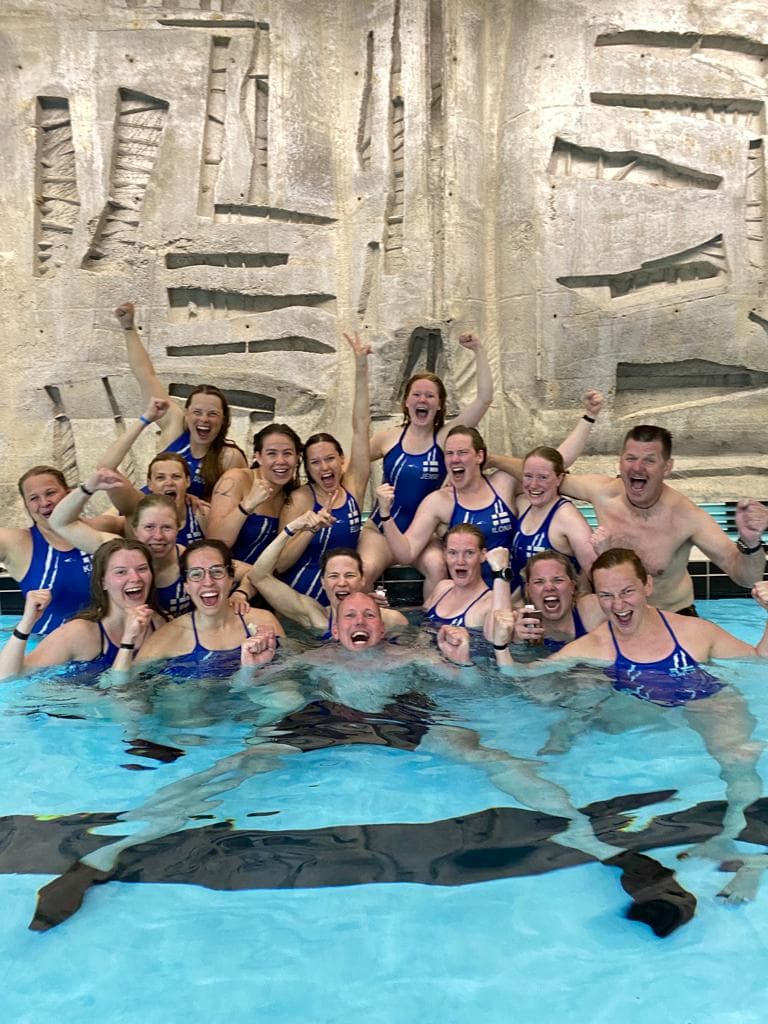
Since the new rule had never been in effect before, it was quickly apparent that neither the Finnish coaches nor the referees had the list management under control.
The regulation 5-minute break lasted well over 10 minutes, as the teams and referees struggled to get the four lists in. This delay gave all the defenders extra time to deep breathe if their nerves allowed it. This distortion did not, though, favor one team over the other.
Penalty shoot outs start with a best of three series. If one team scores in its first two attempts and the opponent fails to score on either of its first two throws, there is no need for the third attempt: the match ends after two rounds. This gives coaches a strong incentive to put their strongest shooters and defenders in the one and two spots in both lists. Not surprizingly these lists can overlap.
Sweden won the coin toss and elected to throw first.
The shot of Therese Blennert bounced off the rim into the grasp of Jenny Frondelius, who swam up, denying the Swede much chance to recover the ball.
Häsänen took Finland’s first throw. She forced the defender, Krakau, up on the basket and after attacking head side, she pivoted to the Swede’s back, pried open a gap and jammed the ball in.
When Finland prepared for round two, the referees informed Finland that it was Häsänen, who had just shot, scheduled to defend. Clearly unprepared, she hopped straight back in the water to face Wilma Tien. Guarding the goal immediately after shooting caused obvious discomfort. The Finn put up a credible fight but could not stop the ball going in.
Livestream commentator Mattis Wahlby declared that the Finnish coach had “wasted” his top penalty defender in this mixup. Häsänen herself recalled:
“I was very disappointed with the whole situation since I had prepared myself during the break to first attack and [then to be the] third to defend. So it was very sad that I had to defend right after scoring.”
If the coin flip had gone the other way, she would have had a critical minute to reset, as her teammate shot.
Finland, which had seemed to be in control, was suddenly uncertain. Even though three Swedish defenders ended up in the penalty box—Blennert for kicking, Erika Lindström for holding the basket and Tien for leaving the vicinity of the goal—Finland was still unable to regain momentum.
Kajsa Lilja put Sweden up by one. Irina Viippola of Finland matched her to tie the game again. However, when Elin Strand gave Sweden a one point lead, all the pressure was on Finland’s Katja Lind. She had to score against Elin Hoas. The referee called Lind for a head attack.
The dramatic confusion had sunk in so deeply that the deck referee almost sent Hoas into the penalty box, although the game was actually over. Indeed, most of the players did not seem to comprehend what had happened. The referees also seemed to be a bit shell shocked at the end.
The game was a classic but the new rule’s introduction was not entirely smooth.
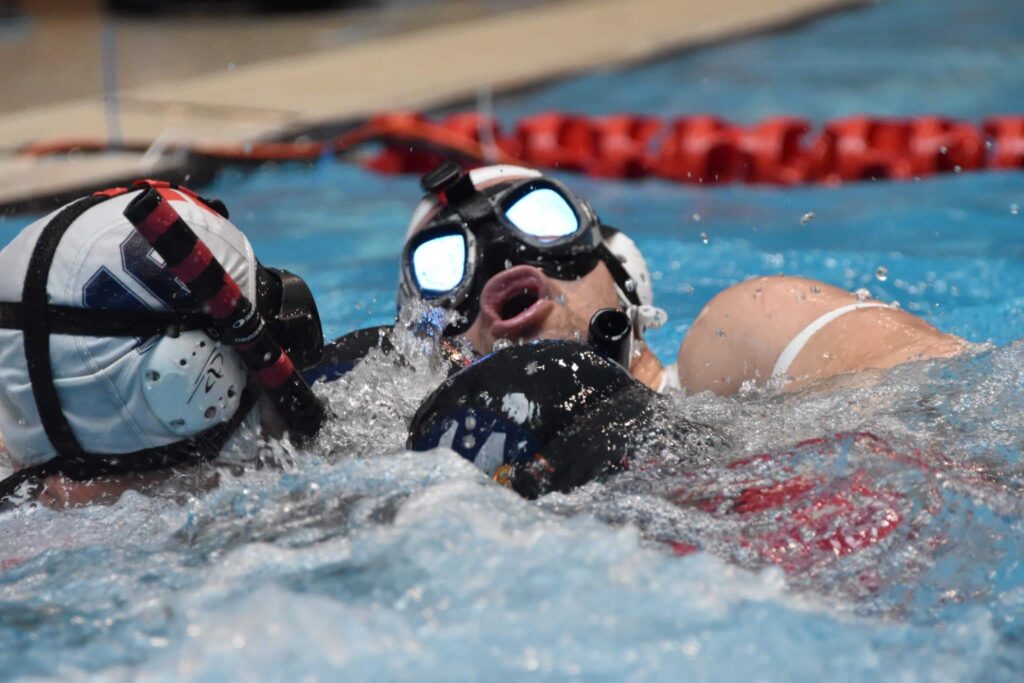
Implications of new rule require study
The rule requiring the entire team to defend was proposed by Sweden and adopted at the last CMAS rugby rules meeting. It means that players unaccustomed to defending will come under pressure. The intent is to involve more players in the outcome.
“For some teams it can be an advantage, if they don’t have a super keeper,” commented Denmark’s Lars Greve.
A super keeper would be someone like Greve. In the semifinal against Norway, Greve pulled a Häsänen; incredibly he saved penalty throws by both Iver Bjørnerem and Jørgen Ulvestad.
Now in the event of a penalty shootout, the penalty defenders like Greve or Häsänen can only defend once per 12 throws.
“I don’t know the intention of the rule, but which other sports do this?” he questioned.
Perhaps Denmark or some other nation will propose to strike down the rule next year when the rules meeting takes place in Montreal. Perhaps the rule will be a success. There have not been enough competitions to know yet, commented one referee.
After the chaos of the Finland versus Sweden game, the referees provided more instructions to the teams that contested the three final matches that determined the men’s Bronze and the men and women’s Gold finals.
Each team was instructed to keep a copy of their list so that they would know which player was next in line. Secondly, and this was a point not yet covered in the text of the new rule, teams were informed that a defender sent to the penalty box would only reenter the list at the very bottom.
This is in contrast to a shooter whose attempt is spoiled by a foul on the part of the opposing team. A shooter can be inserted back into the throwing line up at any point the player and or his team’s coach decide he (or she) is ready.
Having two lists can produce unexpected consequences. Jukka Levonen and Kaj Björk, the Finnish women’s team coaches, perhaps simply did not calculate that losing the coin toss could deprive Häsänen of a critical one minute or so break between shooting and defending.
In fact, given that players, including shooters, can be sent to the time penalty box, the fixed lists minus players who committed fouls that drew time penalties have the potential to create unforseen situations that compel players to go two in a row.
Penalty shoot-outs cause dissatisfaction because they may not reflect the fact that one team dominated and had more scoring opportunities. But adding more sudden death overtime is practically impossible.
Will the new rule make the results fairer?
It is worth noting that although Greve contributed so much Denmark making it to the final and preventing Germany from scoring, he was visibly worn by the shoot-out. He did not score or save.
At that point with all the lists, a coach can hardly spontaneously send in another player who might be fresher.
Are penalty shoot-outs a coach’s nightmare or a tactical opportunity?
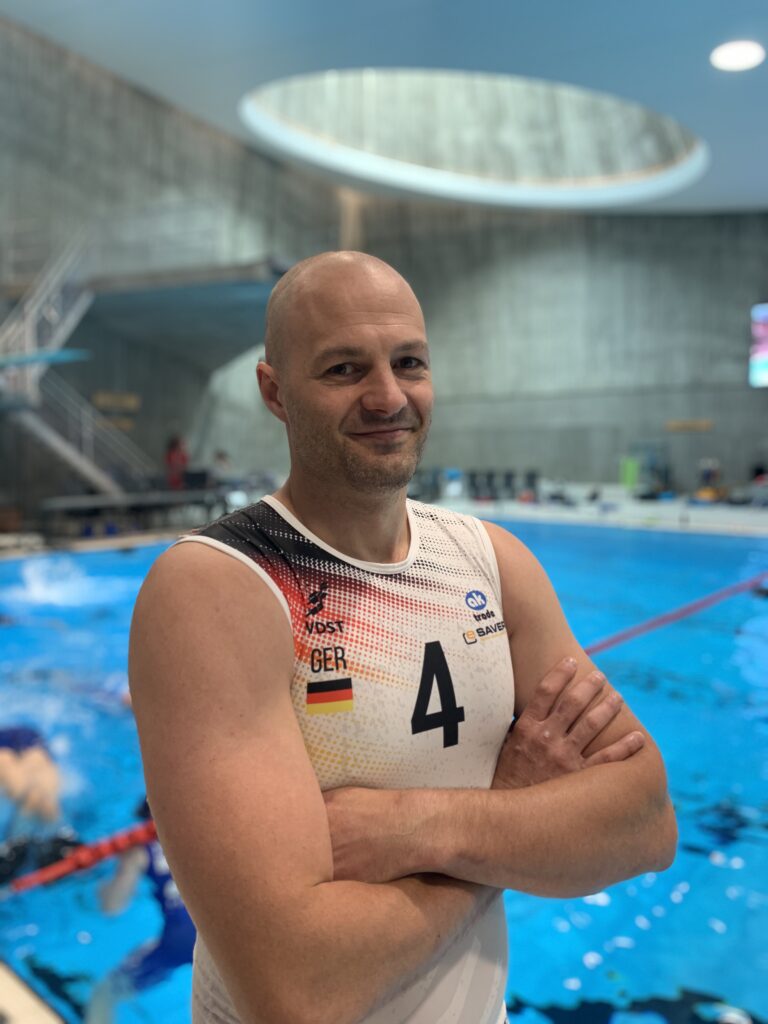
Update:
Lukas Tadda, who captained Germany to European Gold in Stavanger, successfully adapted to the new penalty shoot-out rule in the final against Denmark.
Tadda believes that Germany has several good defenders so it may actually enjoy an advantage under the new rule. Still, he opposes it, remarking:
“The goalkeeper is a special person in every sport. So, training to hold a penalty is a special job. Sone people train specifically for this.
“It’s very disappointing for them, that they can only defend one time. But I understand that this argument is maybe the exact reason for the implementation of this new rule.”
